-
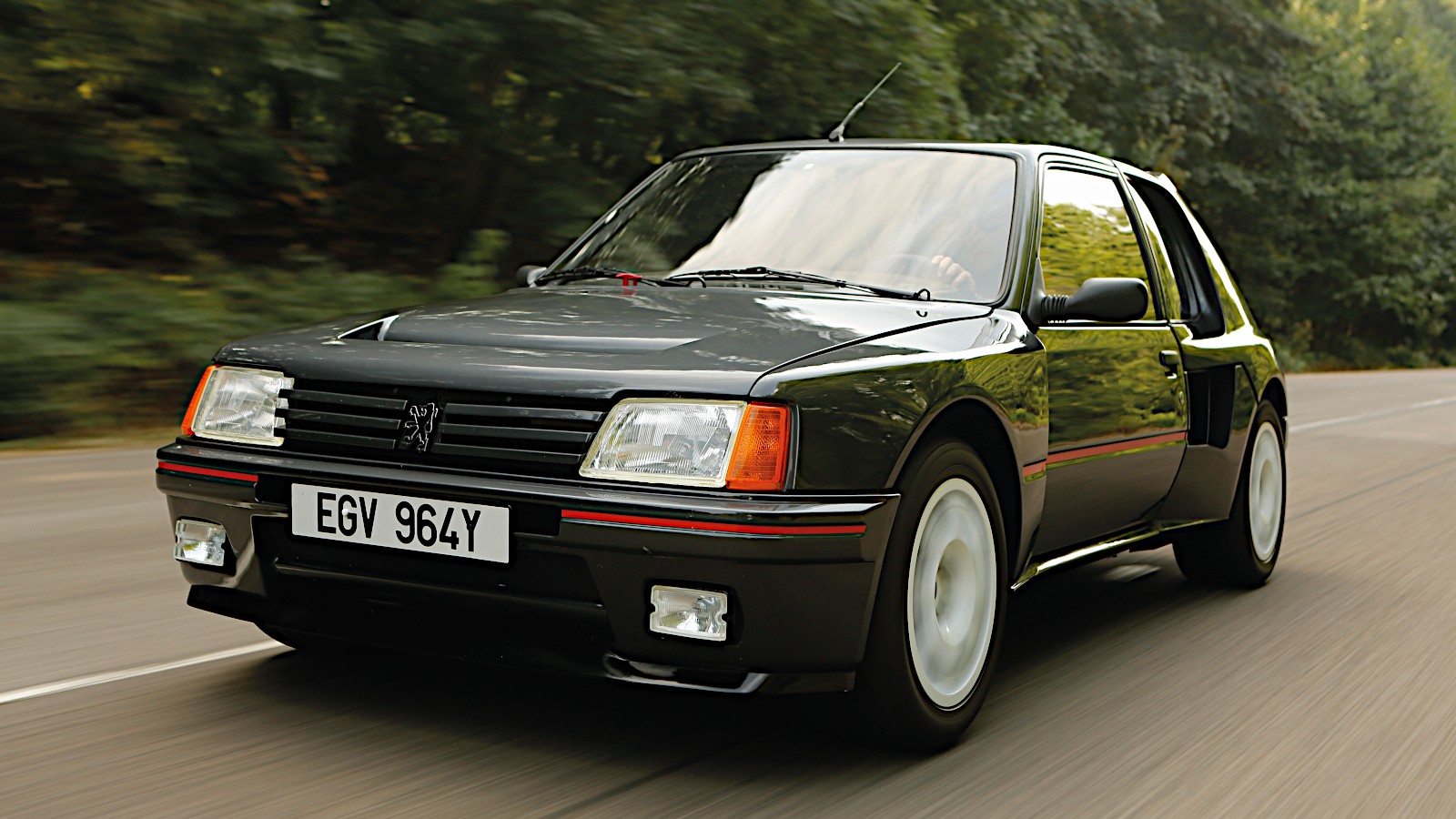 © Tony Baker/Classic & Sports Car
© Tony Baker/Classic & Sports Car -
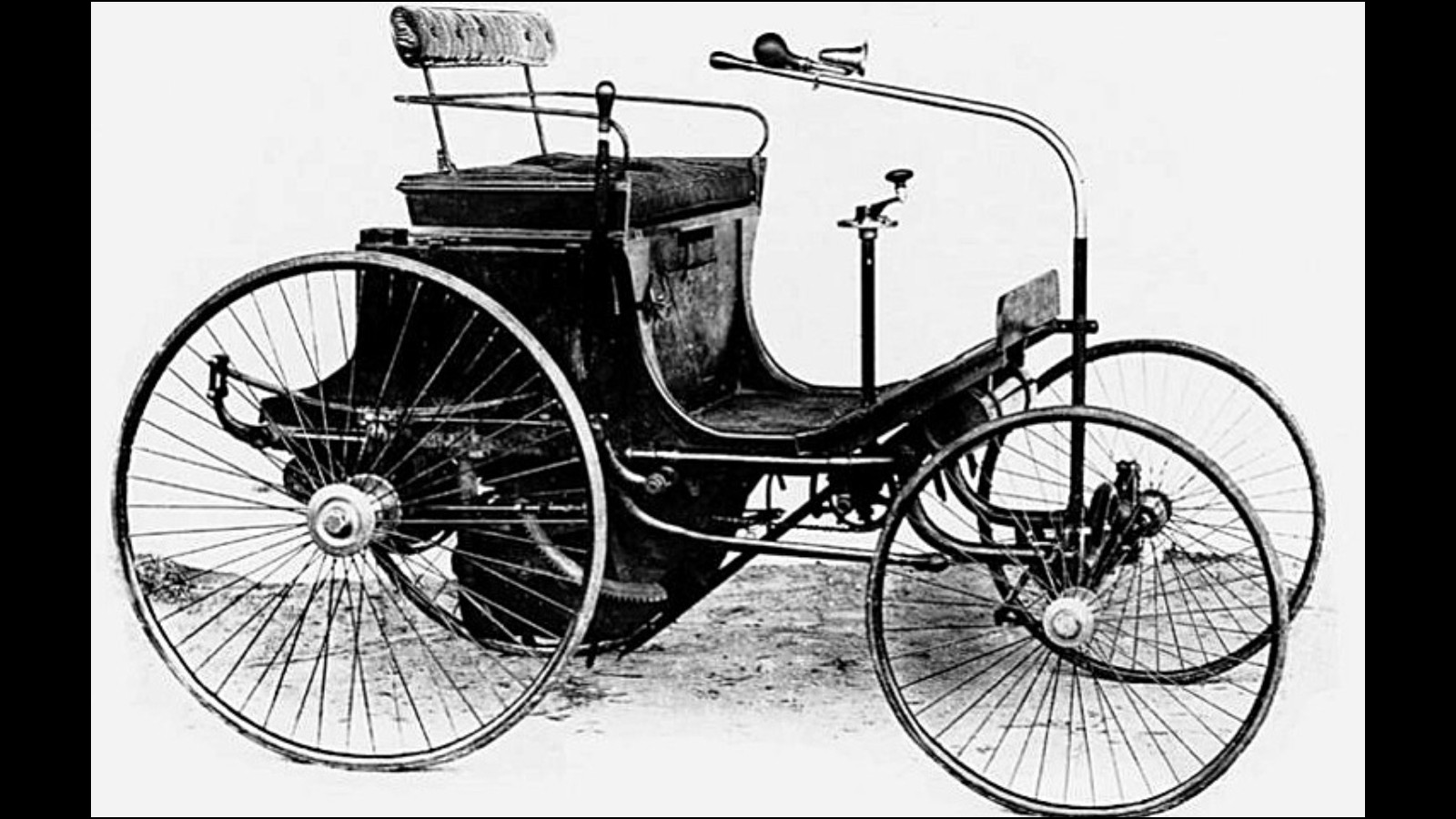 © Public domain
© Public domain -
 © Public domain
© Public domain -
 © Agence be presse Meurisse/public domain
© Agence be presse Meurisse/public domain -
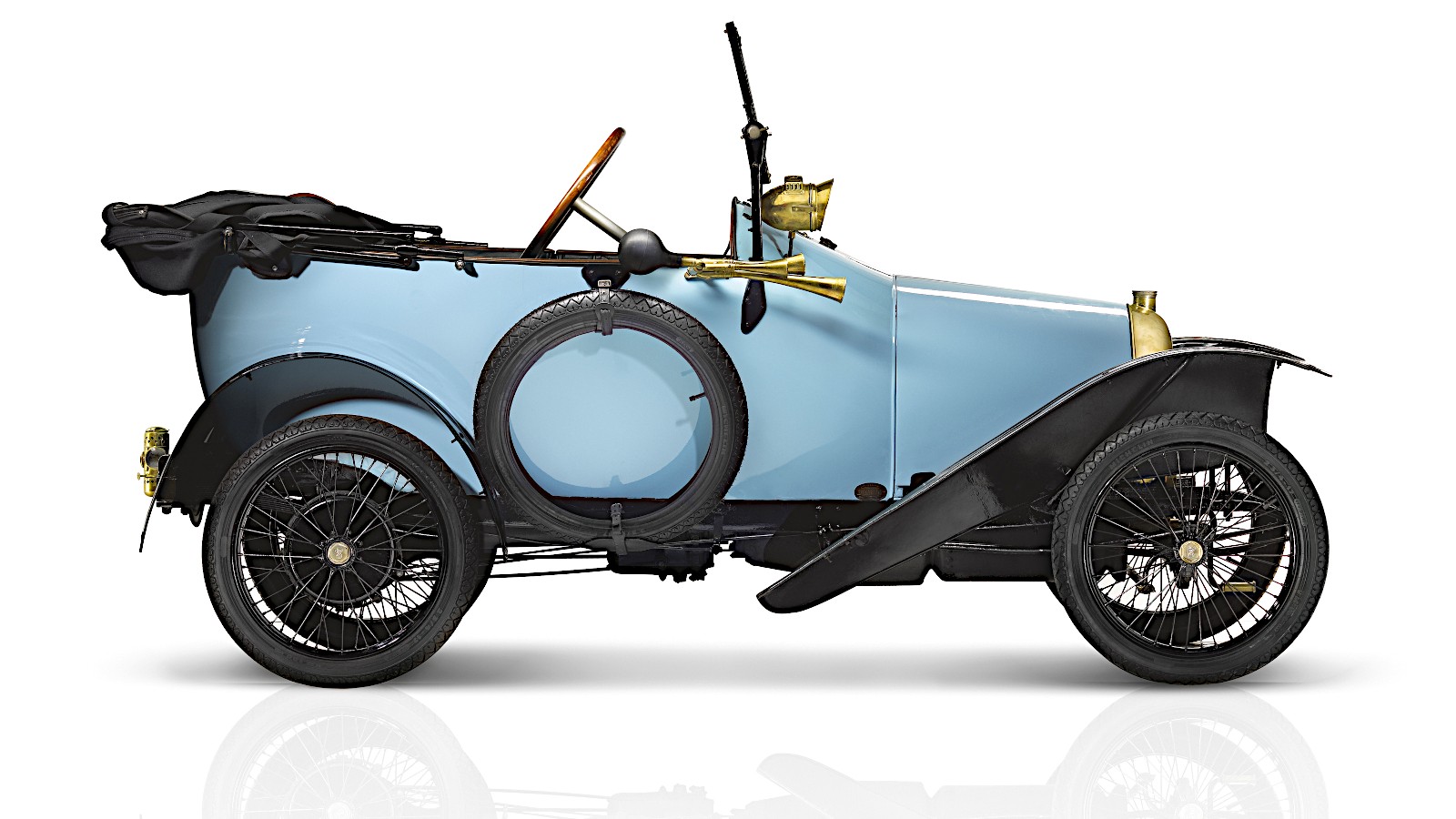 © Peugeot
© Peugeot -
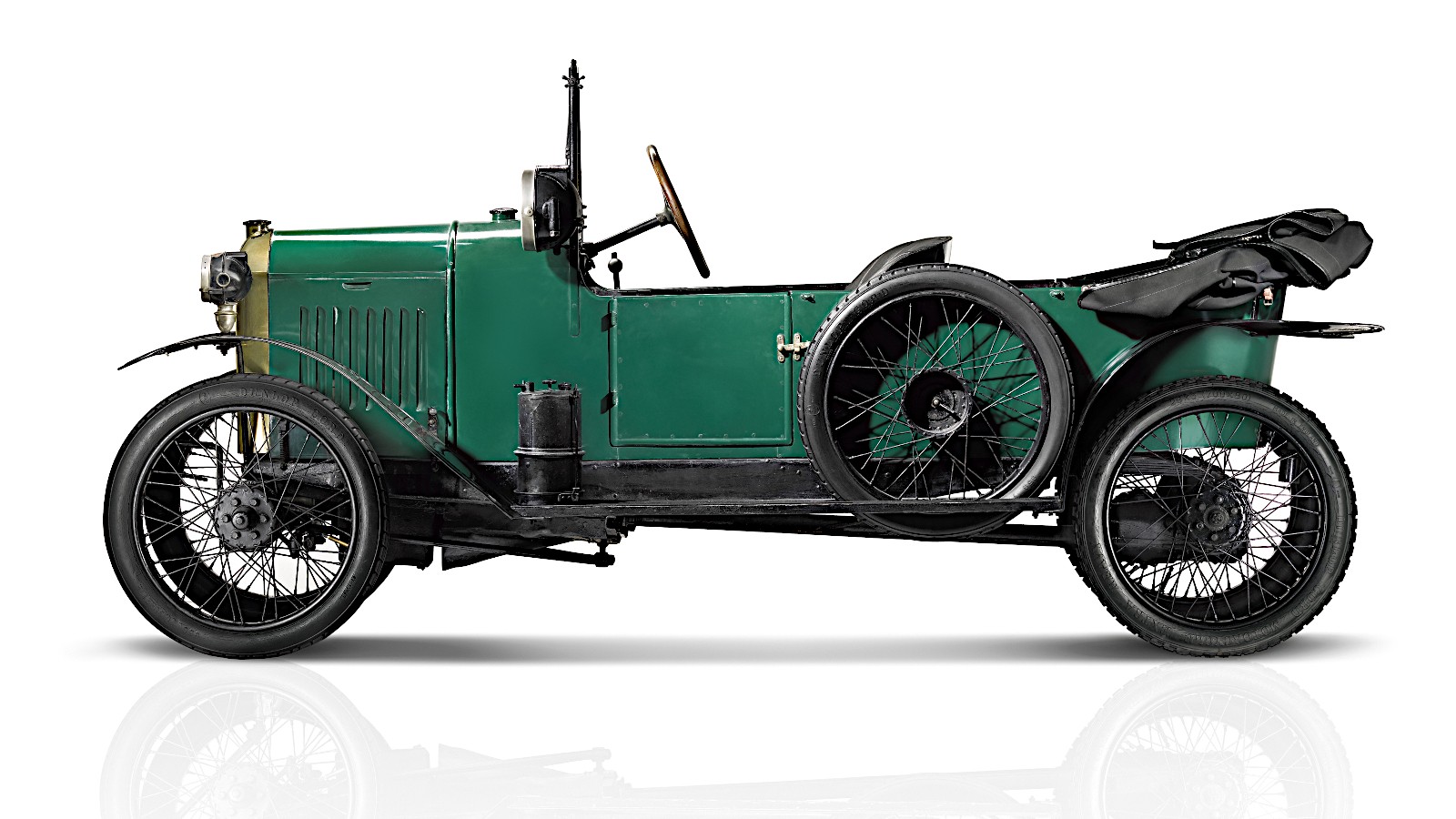 © Peugeot
© Peugeot -
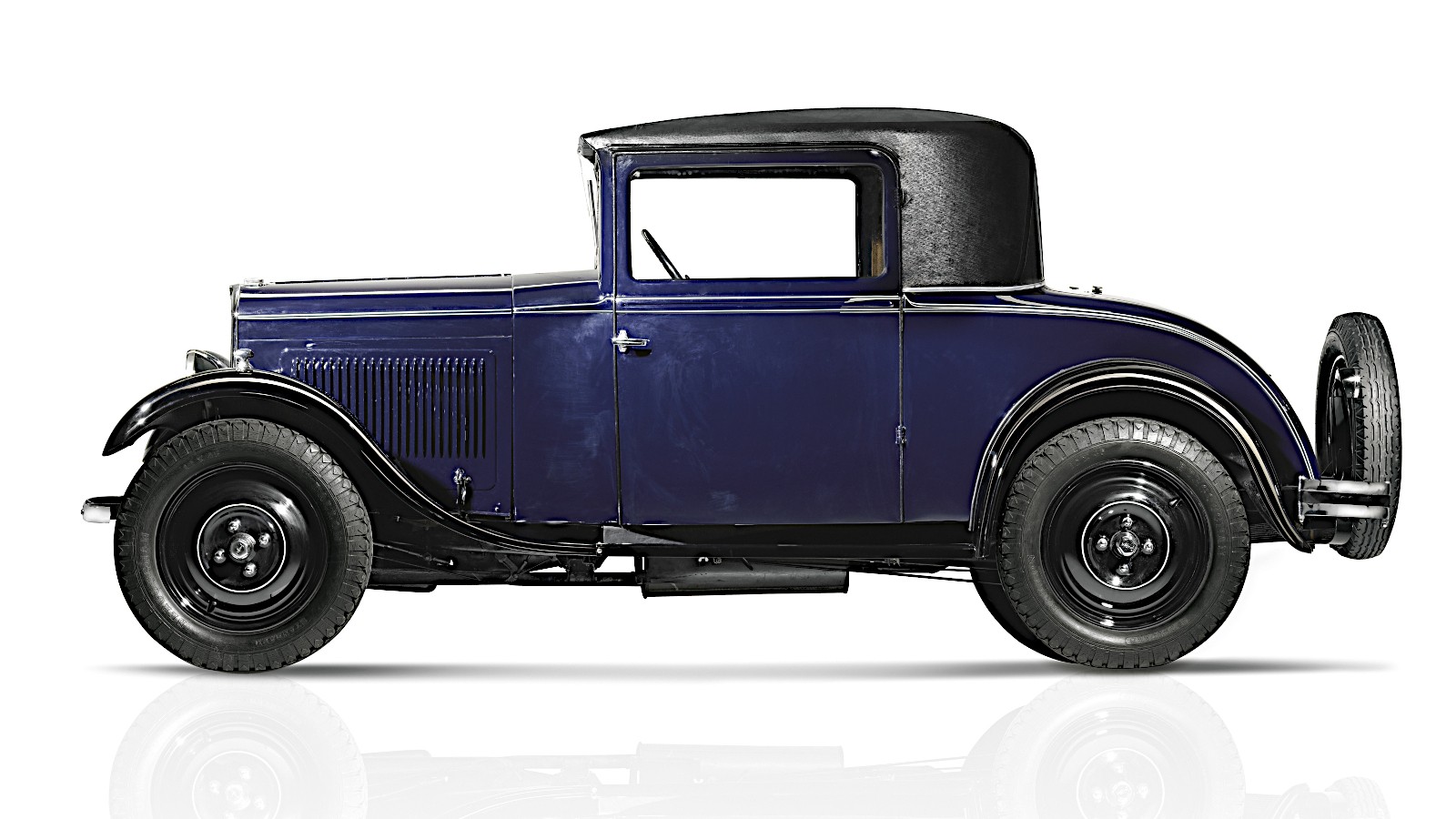 © Peugeot
© Peugeot -
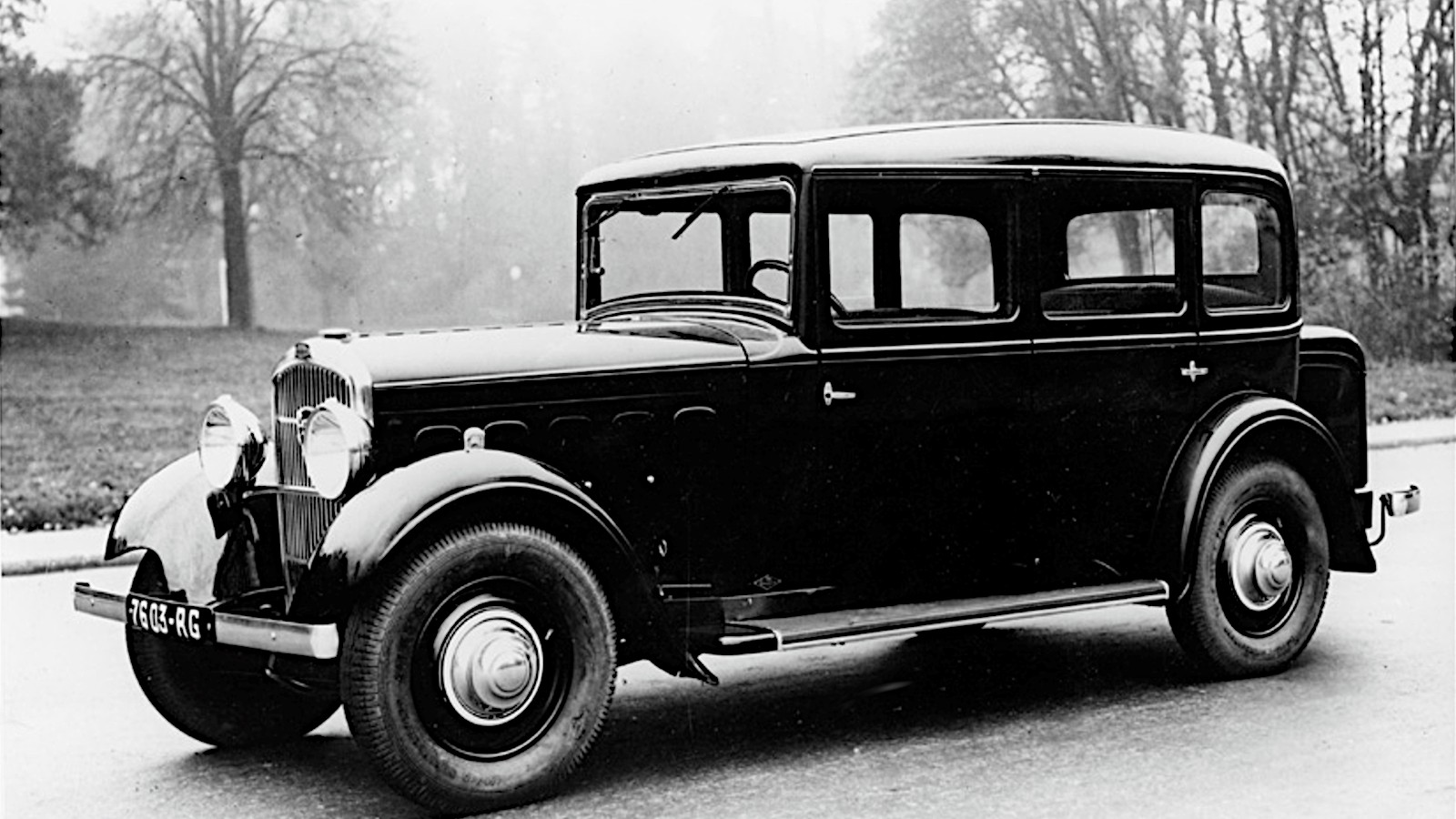 © Peugeot
© Peugeot -
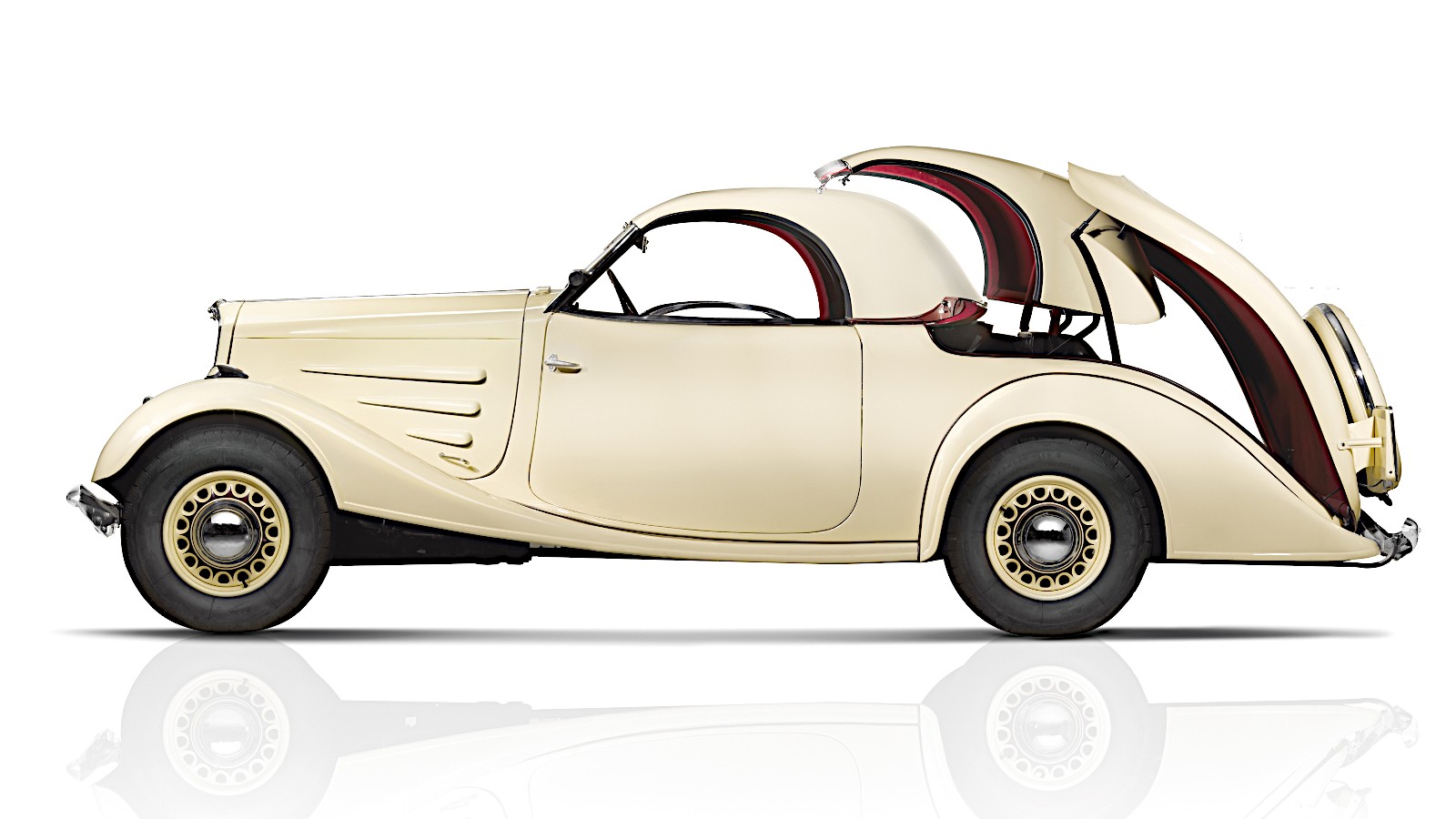 © Peugeot
© Peugeot -
 © Peugeot
© Peugeot -
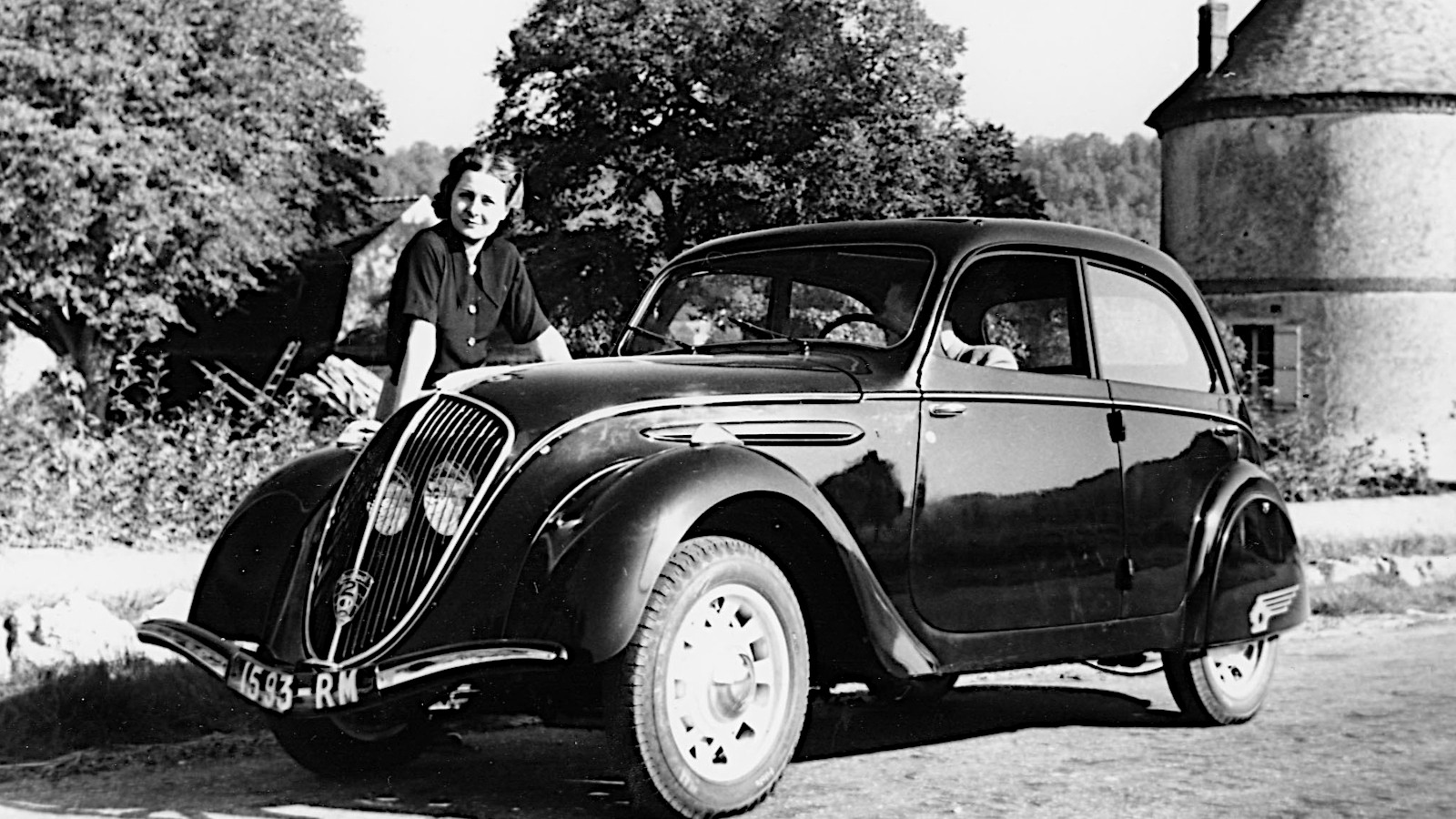 © Peugeot
© Peugeot -
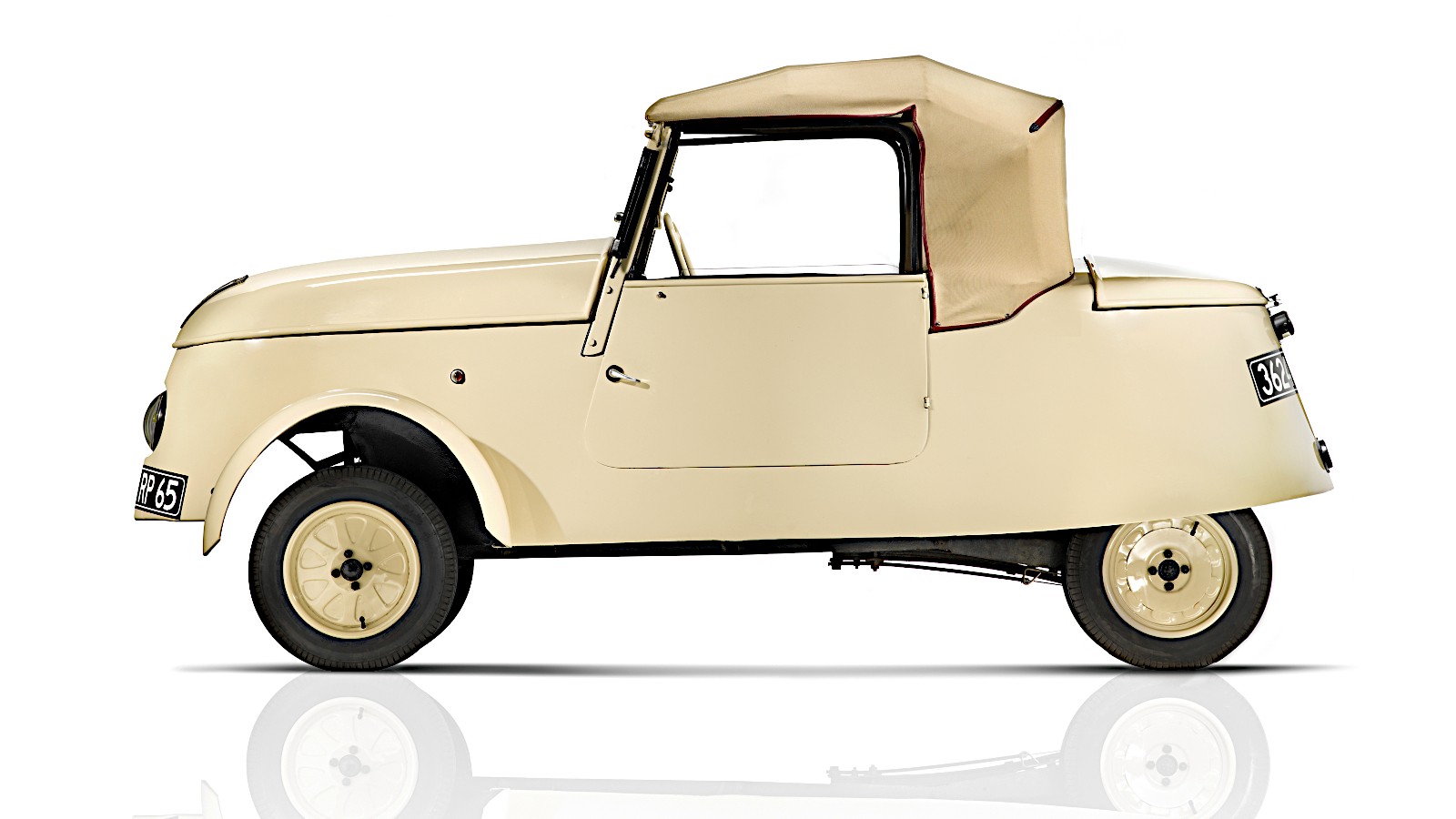 © Peugeot
© Peugeot -
 © Pieronii/public domain
© Pieronii/public domain -
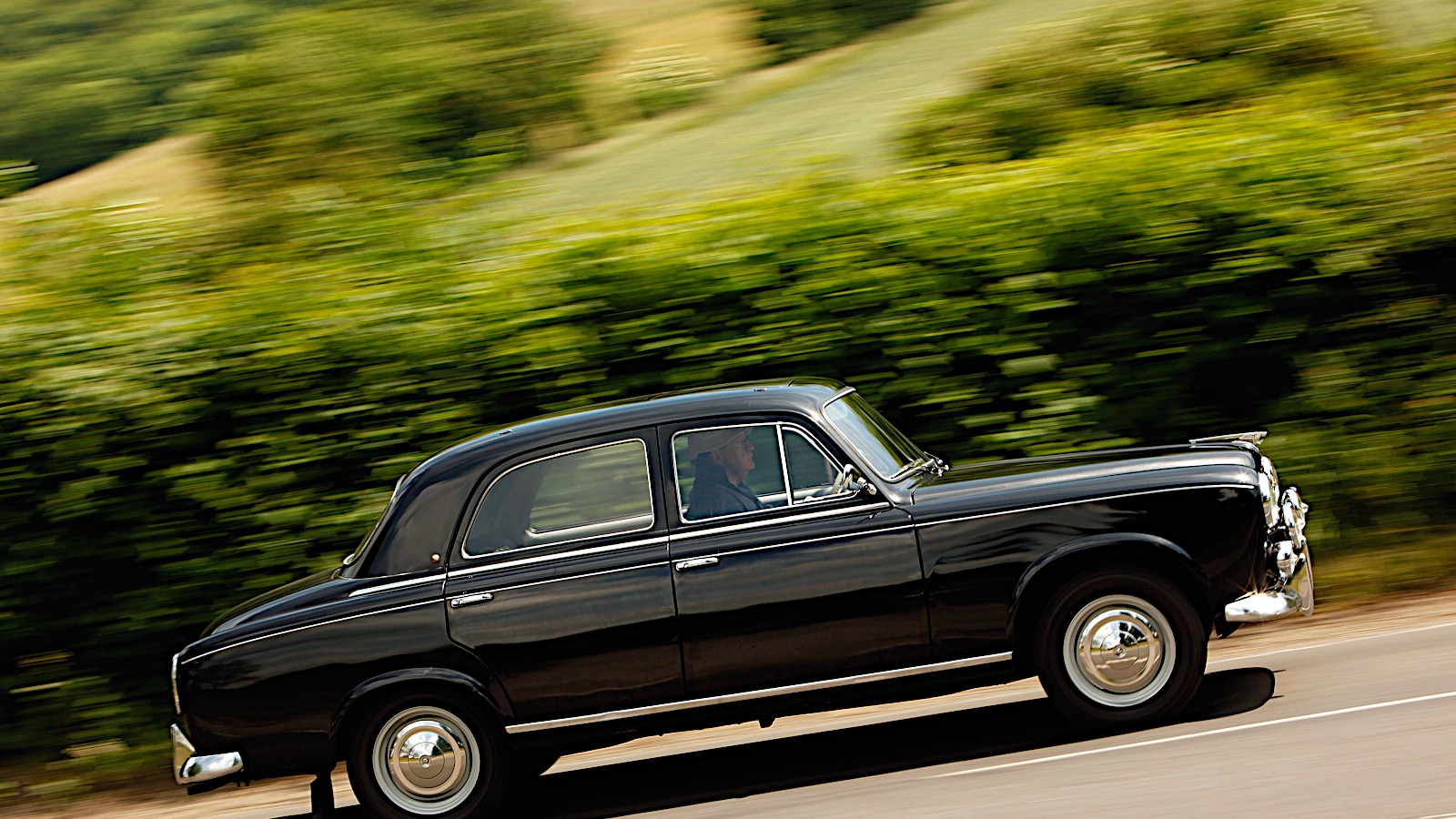 © Tony Baker/Classic & Sports Car
© Tony Baker/Classic & Sports Car -
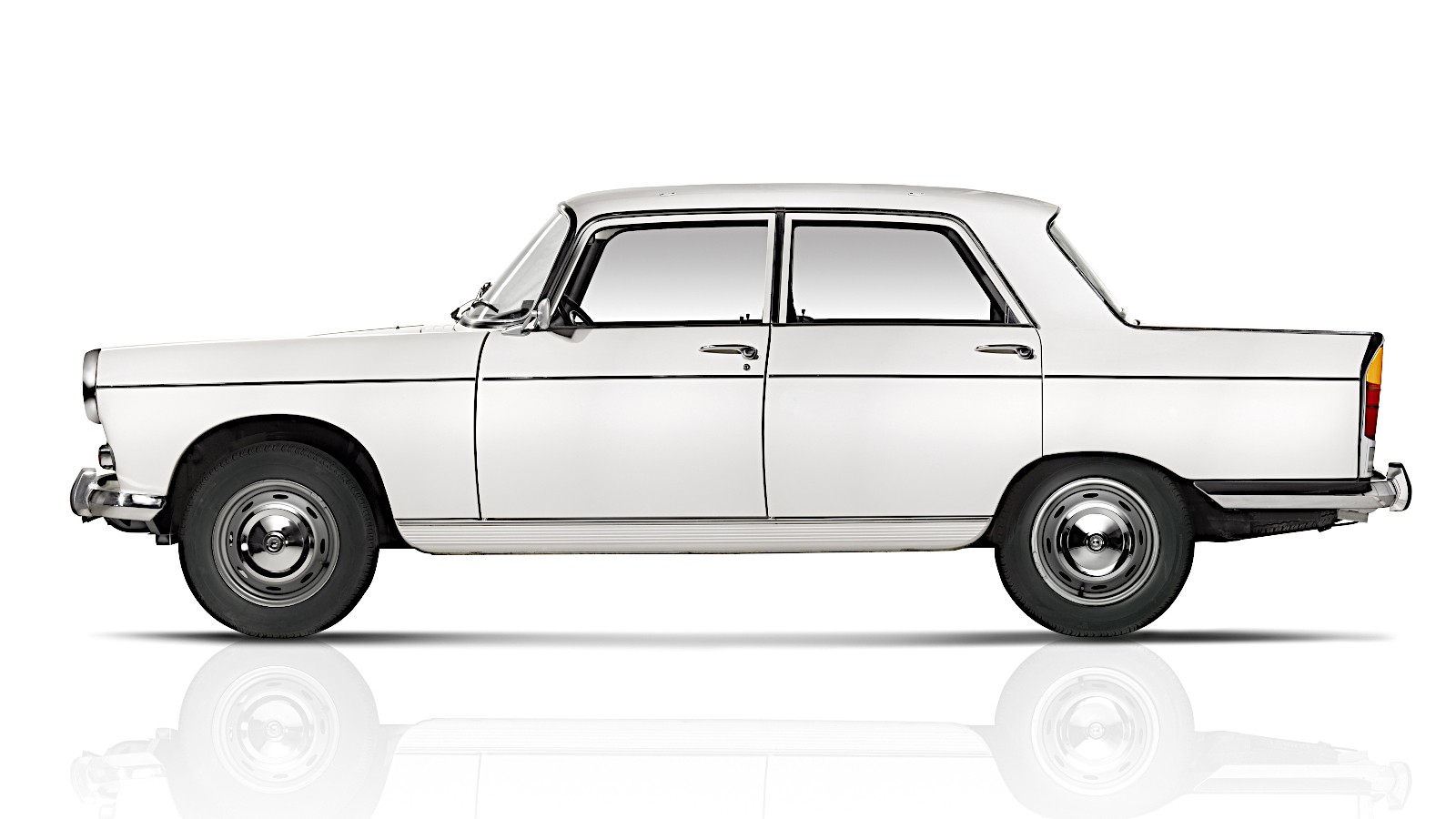 © Peugeot
© Peugeot -
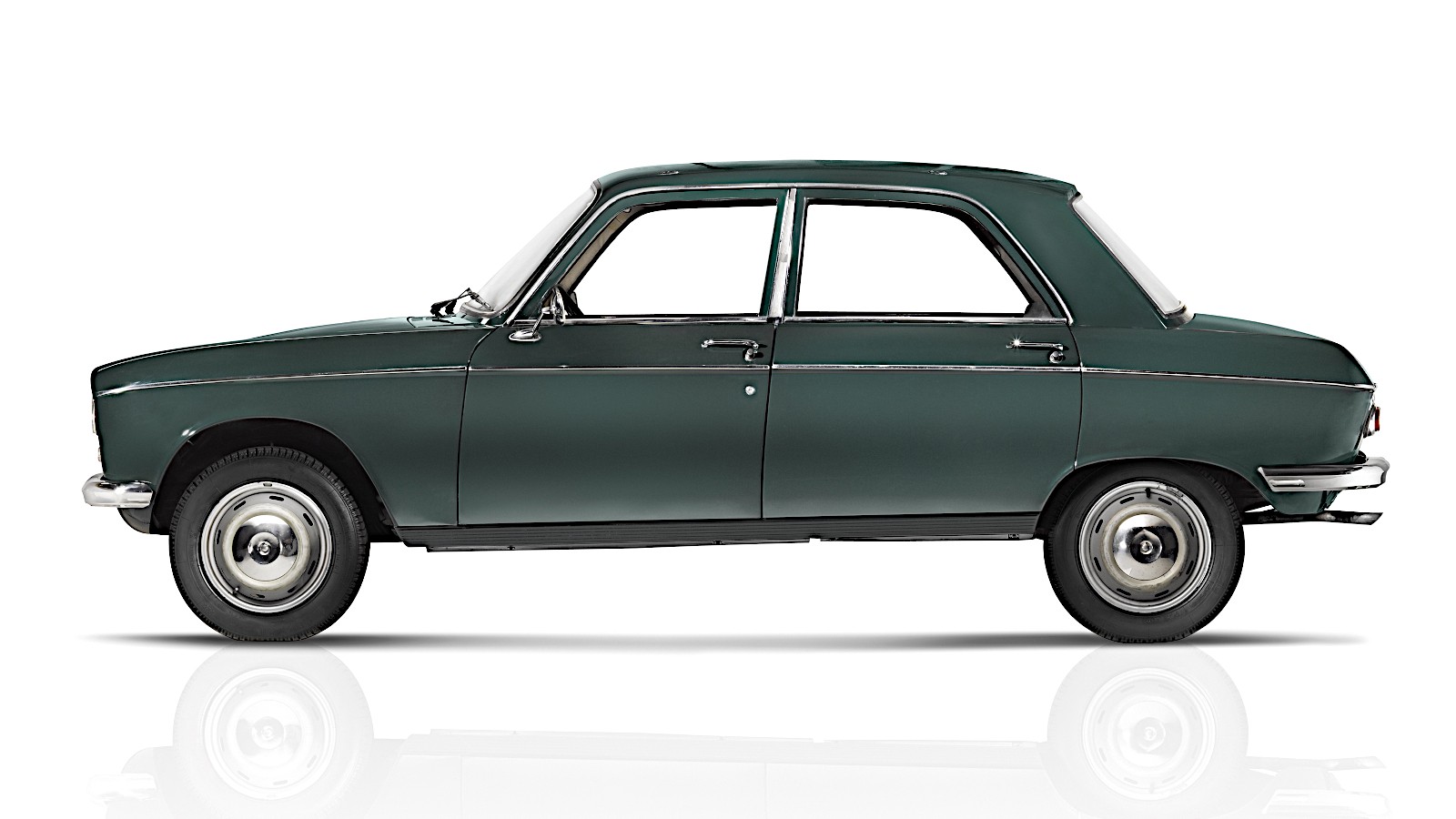 © Peugeot
© Peugeot -
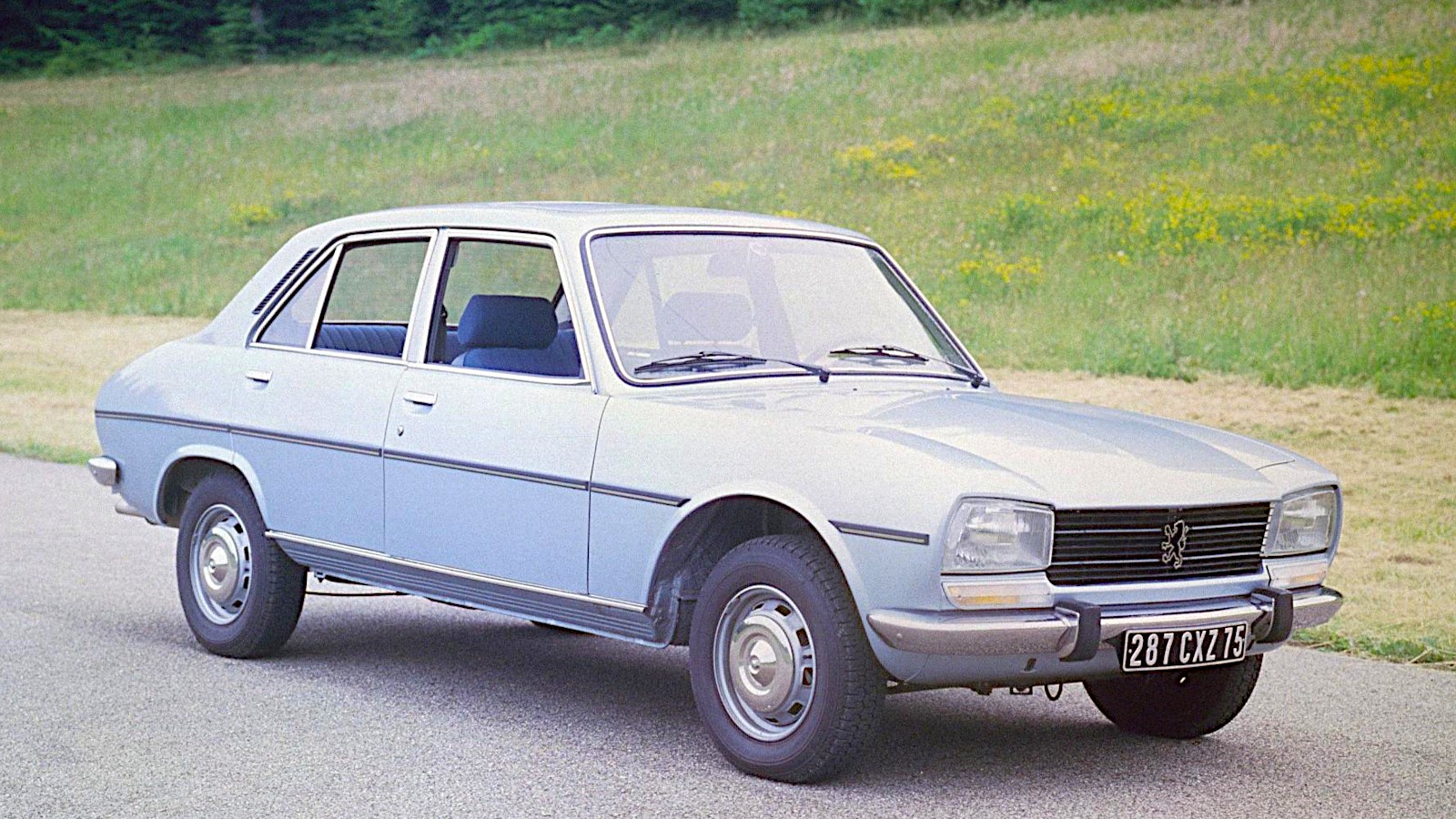 © Peugeot
© Peugeot -
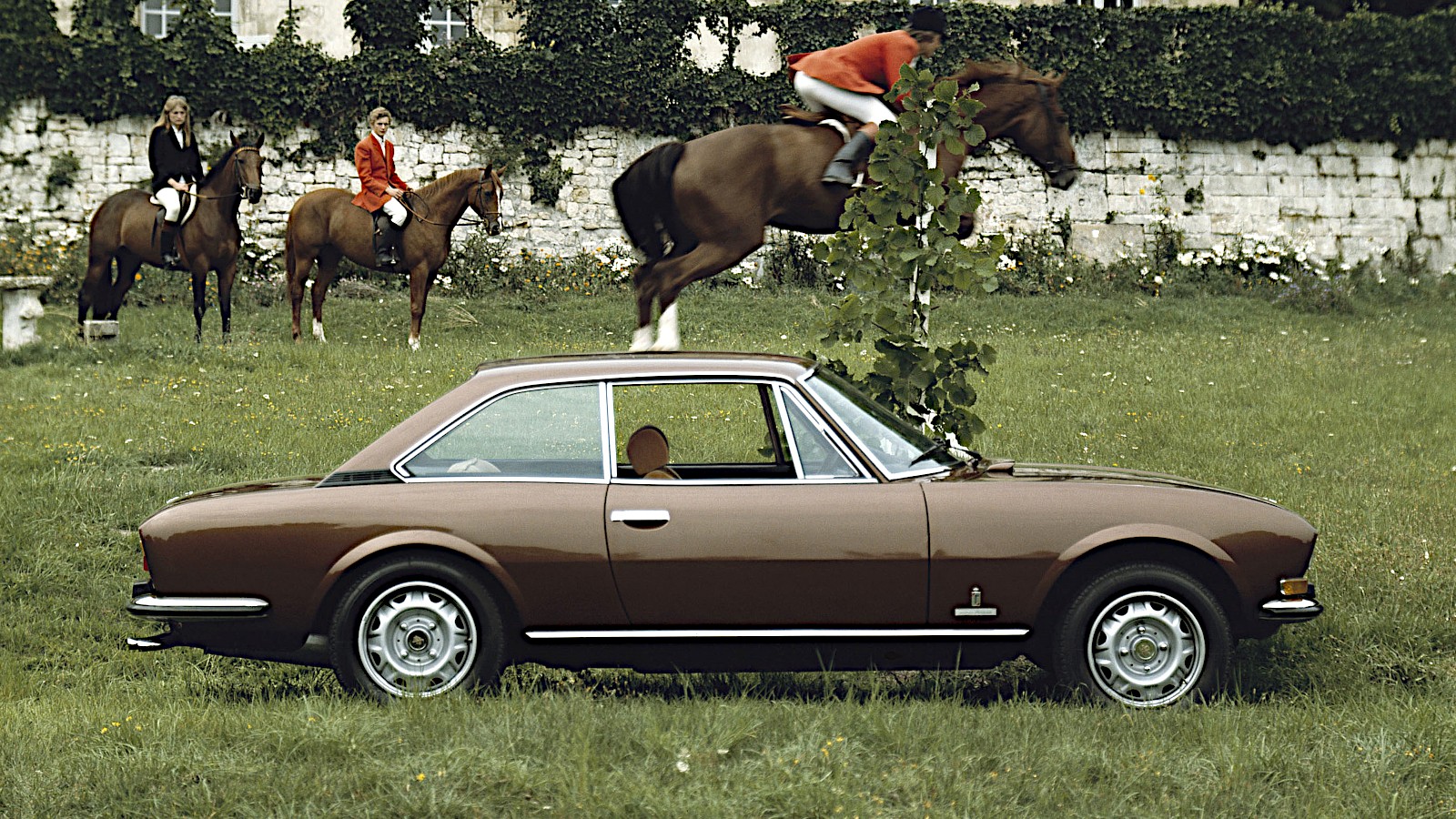 © Peugeot
© Peugeot -
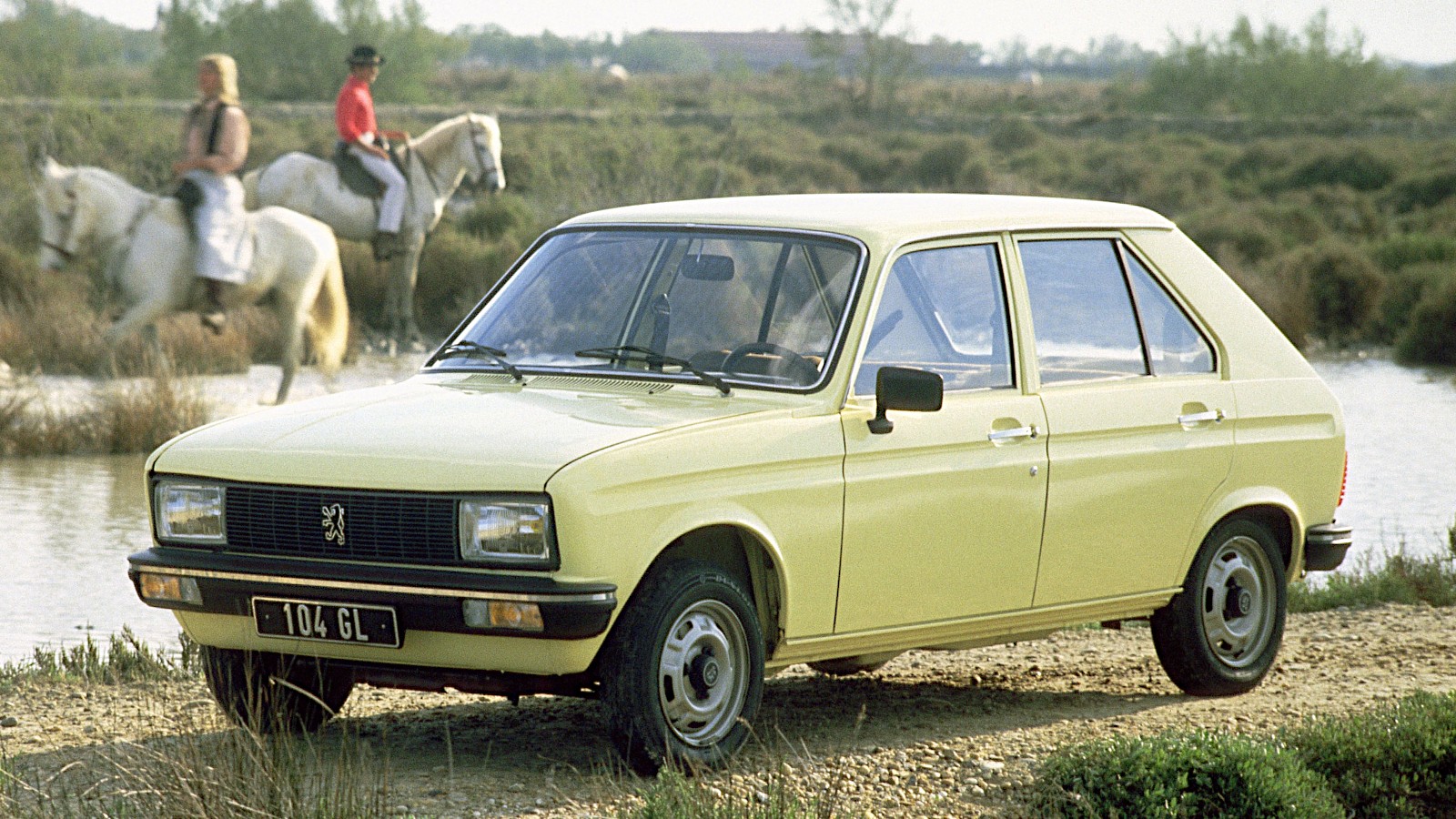 © Peugeot
© Peugeot -
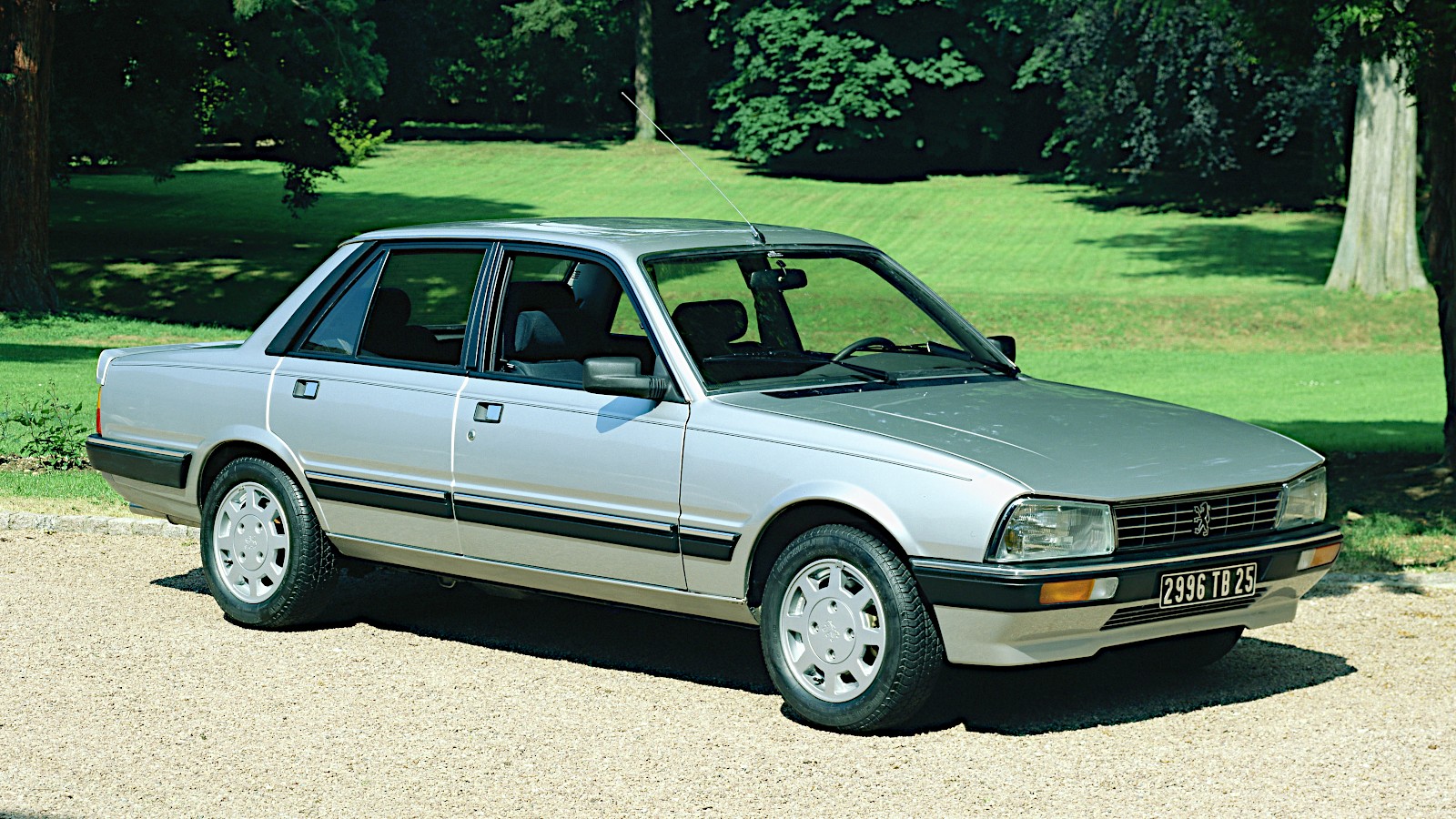 © Peugeot
© Peugeot -
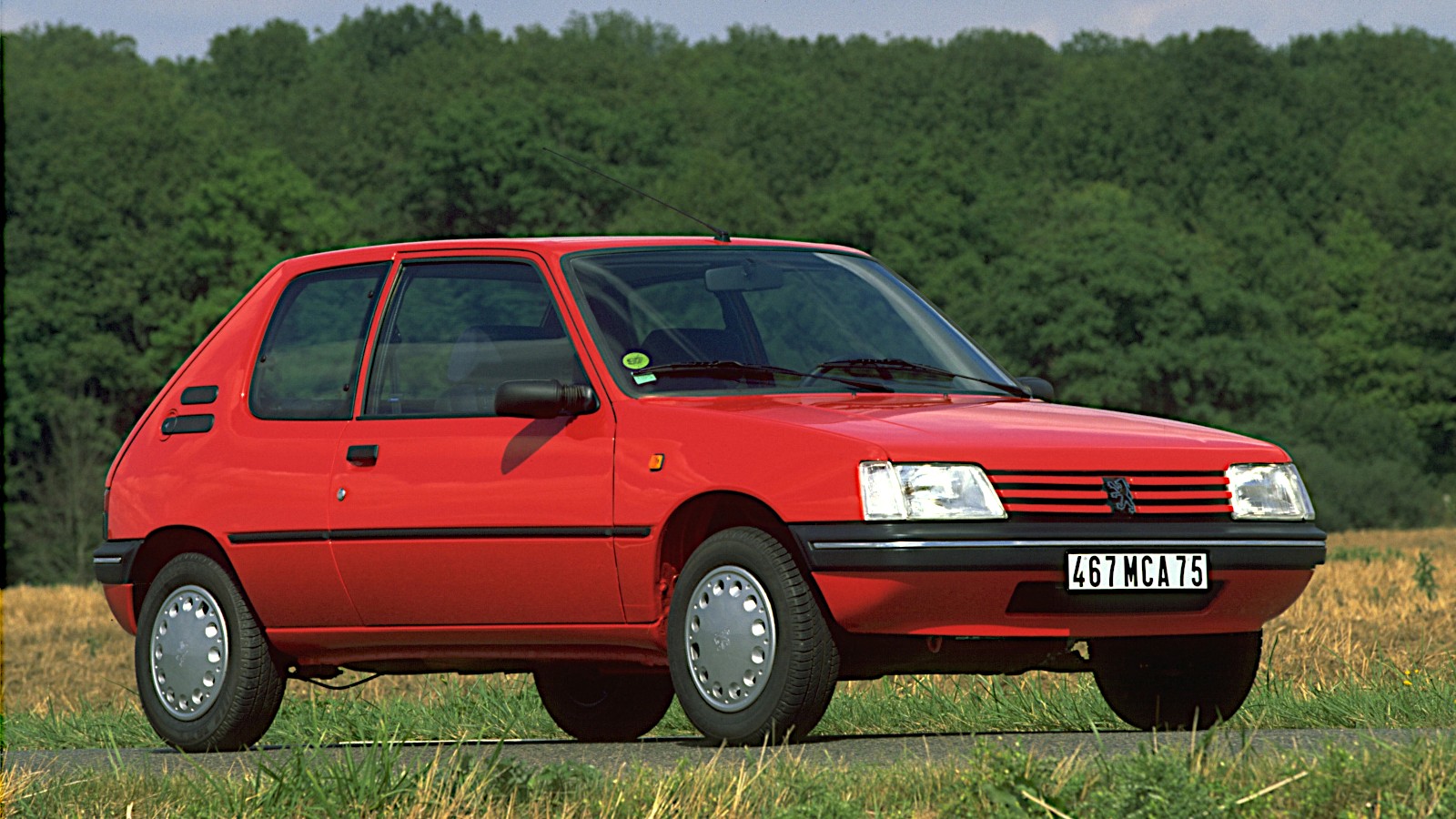 © Peugeot
© Peugeot -
 © Classic & Sports Car
© Classic & Sports Car -
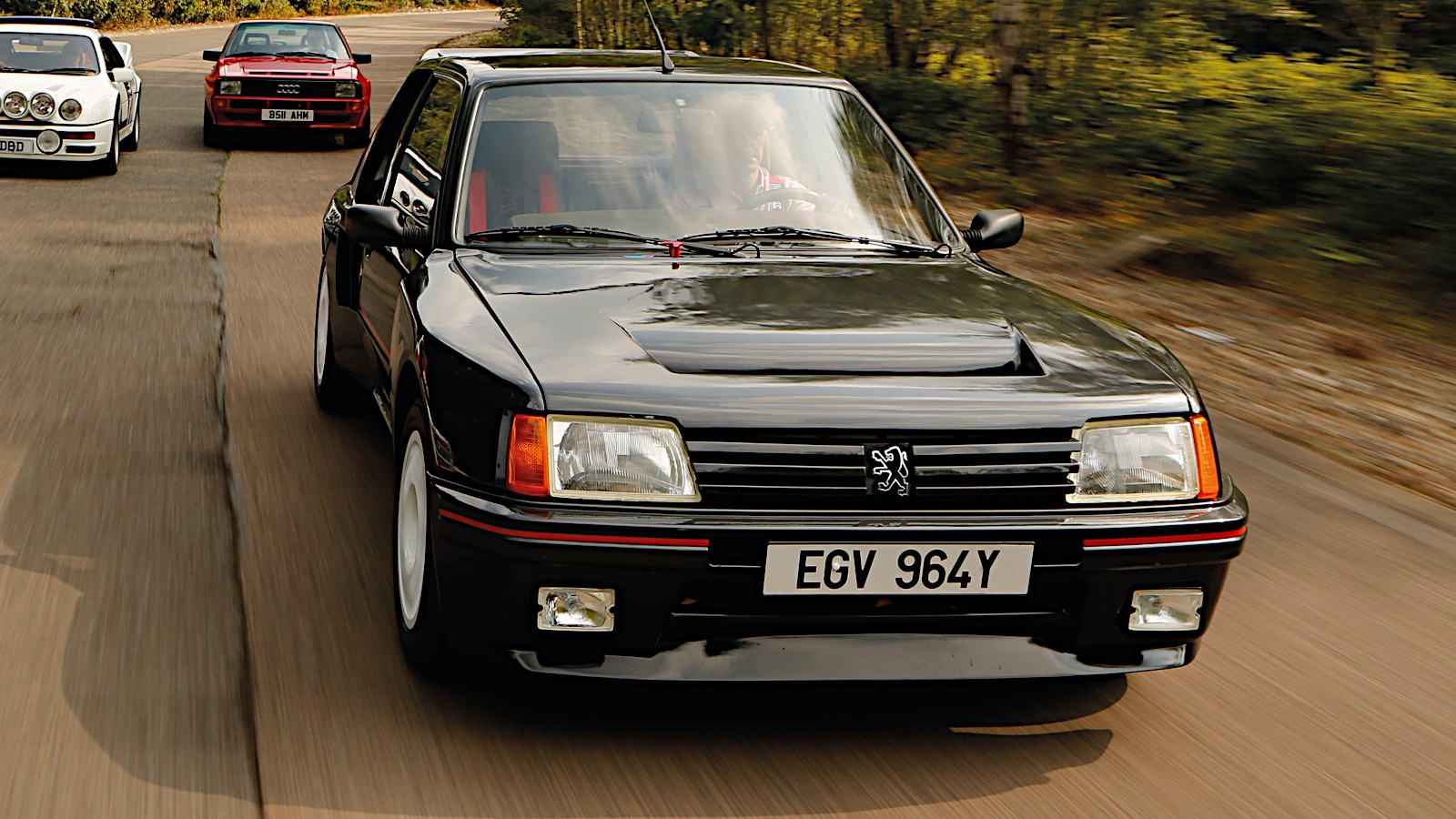 © Tony Baker/Classic & Sports Car
© Tony Baker/Classic & Sports Car -
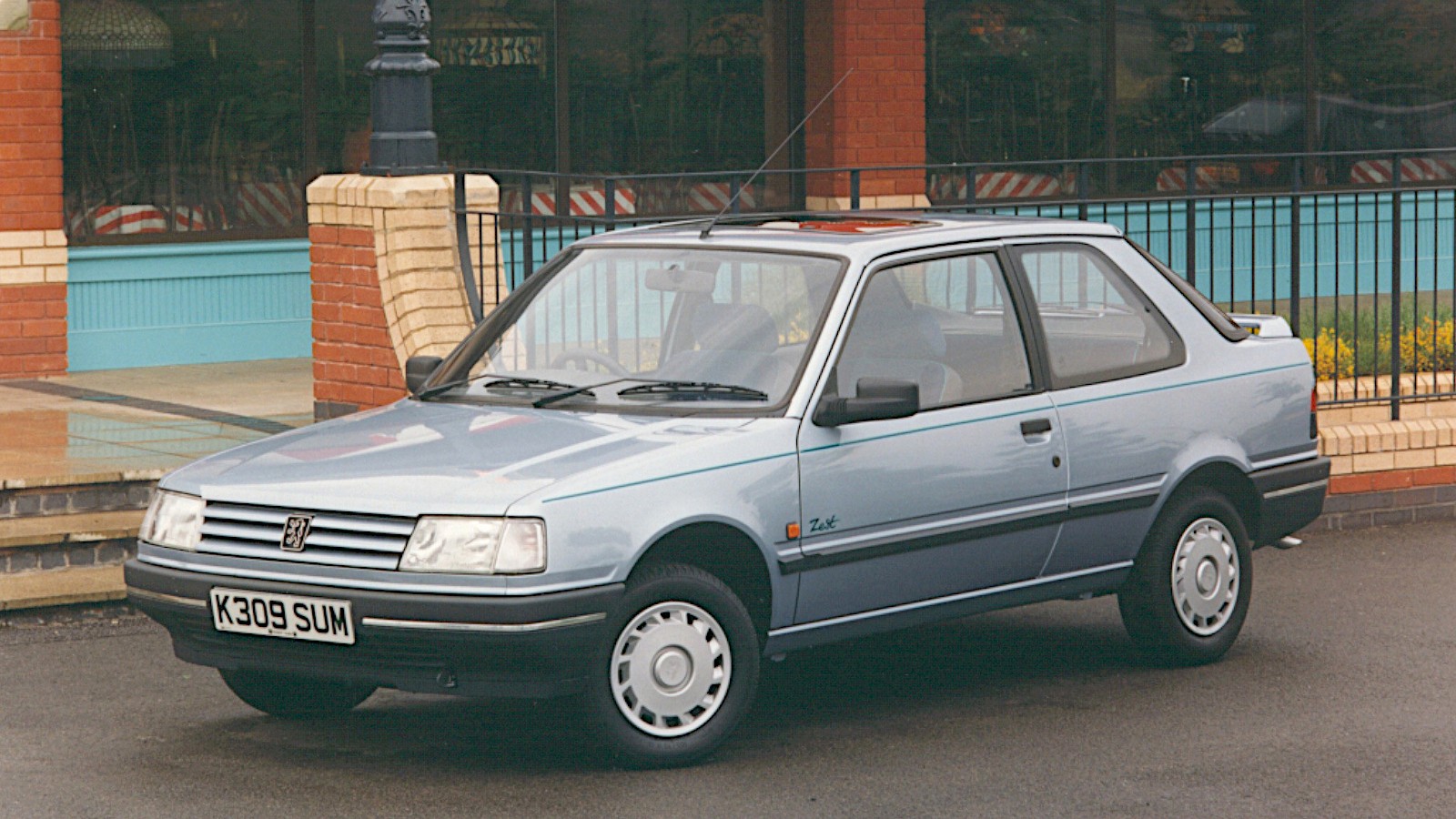 © Peugeot
© Peugeot -
 © Peugeot
© Peugeot -
 © Peugeot
© Peugeot -
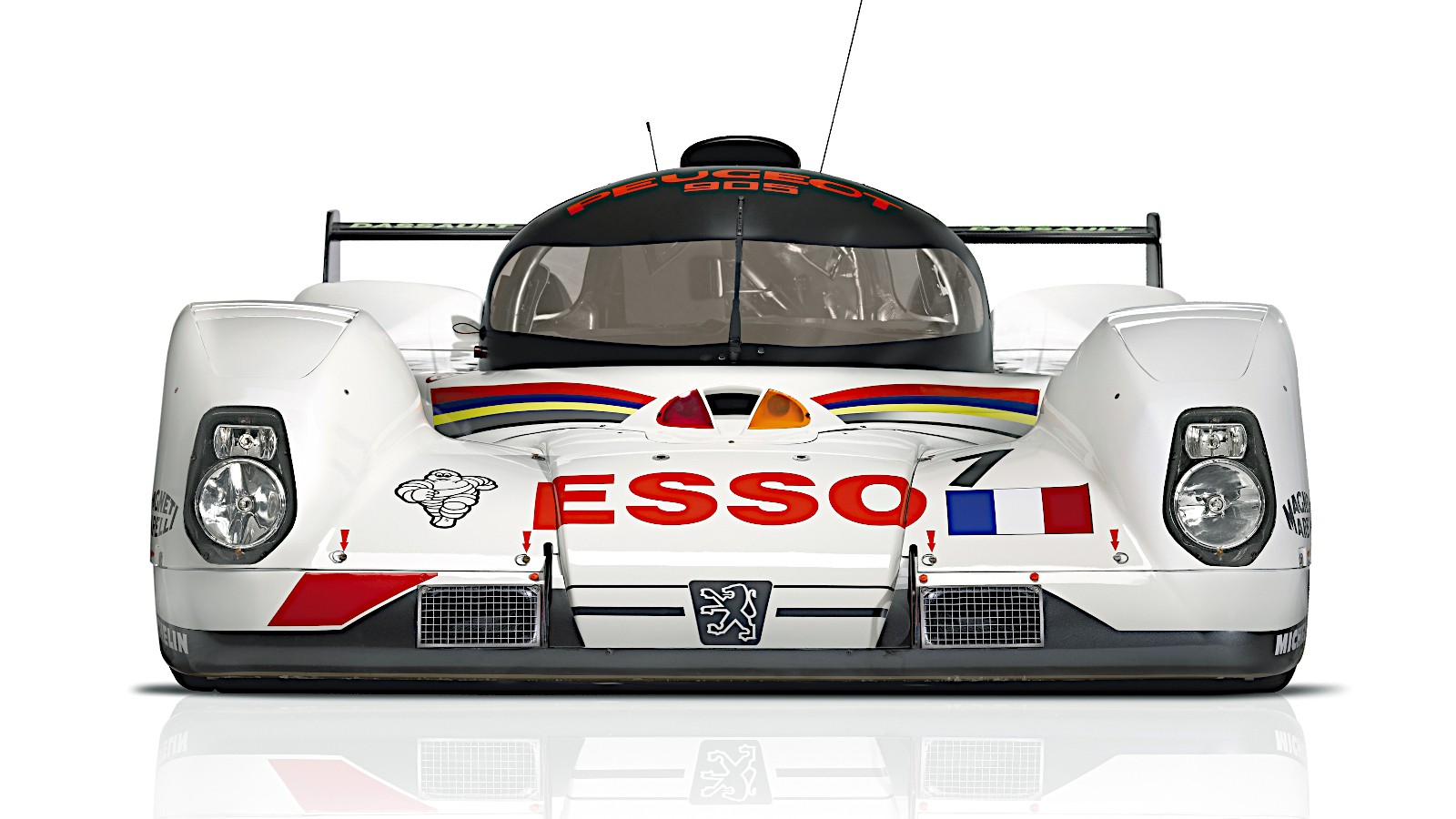 © Peugeot
© Peugeot -
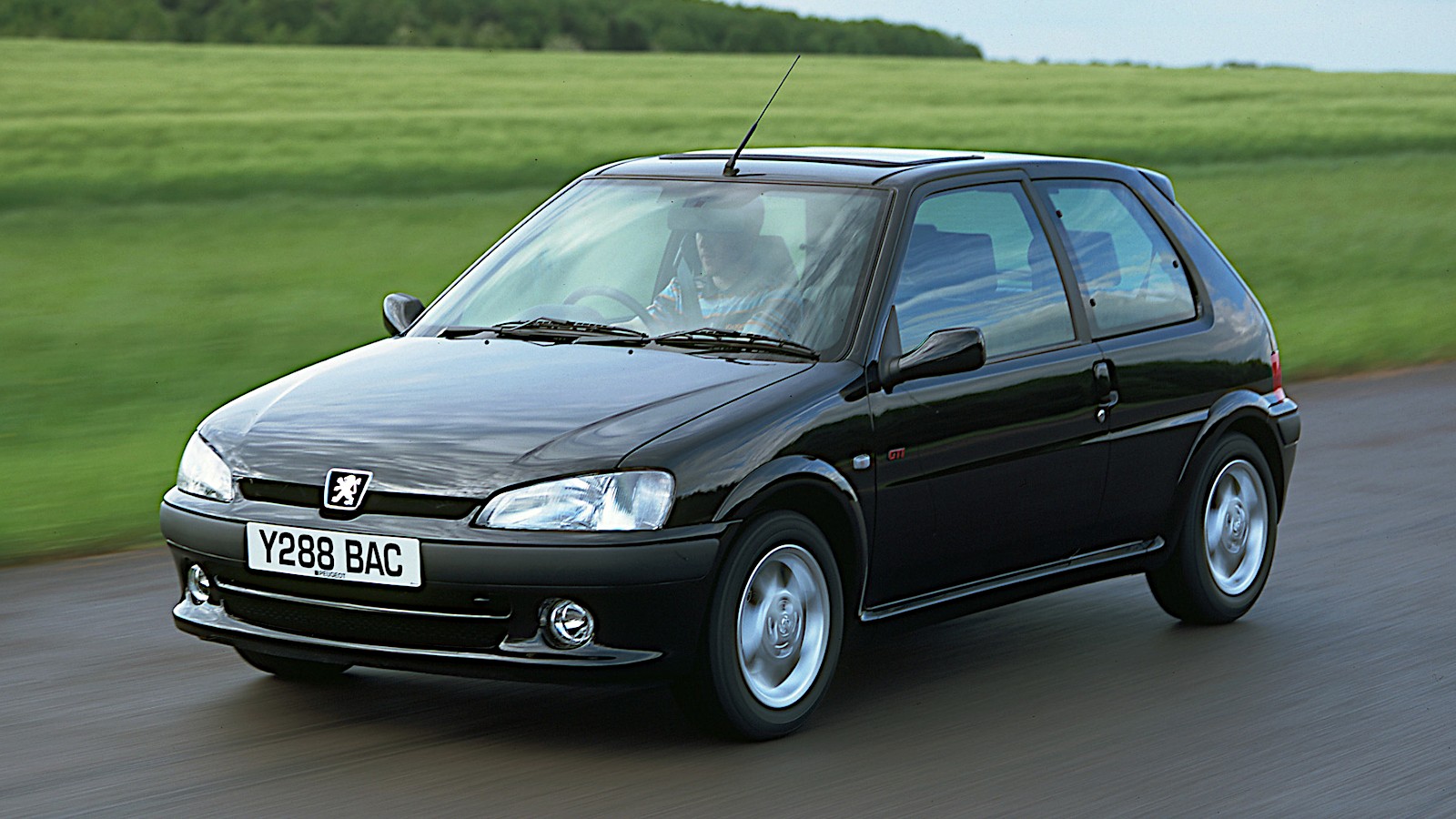 © Peugeot
© Peugeot -
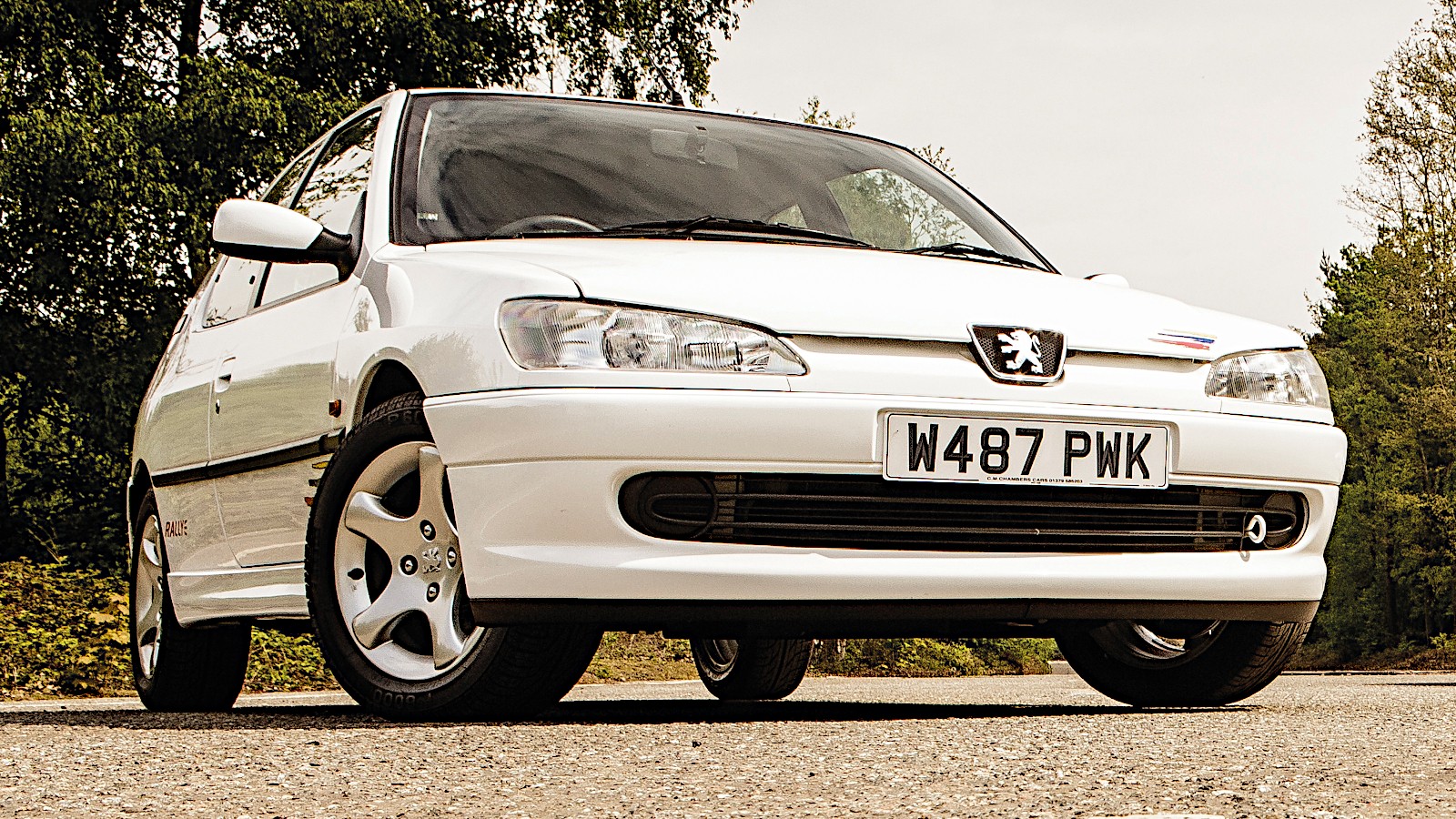 © Tony Baker/Classic & Sports Car
© Tony Baker/Classic & Sports Car -
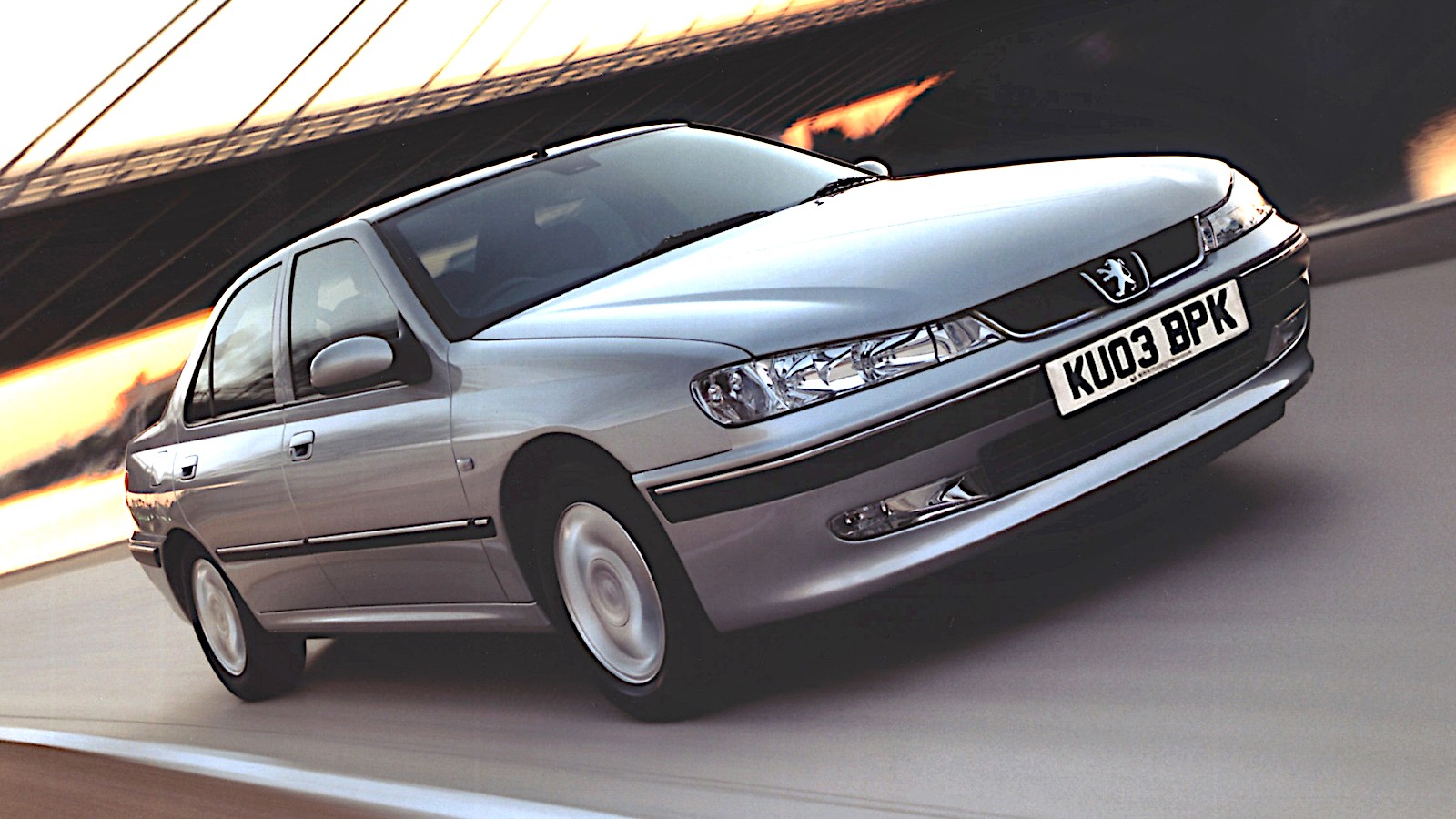 © Peugeot
© Peugeot -
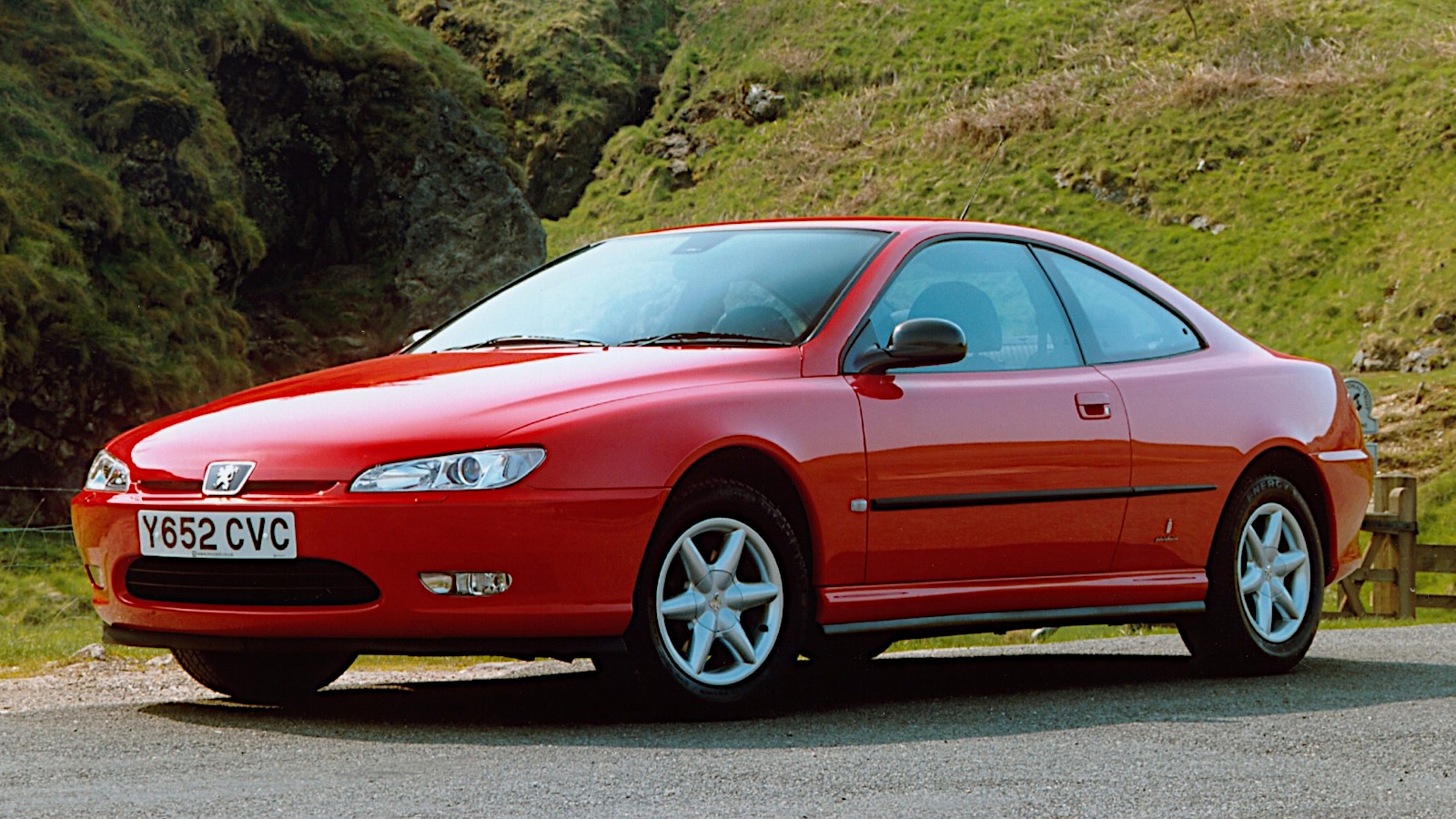 © Peugeot
© Peugeot
-
Peugeot perfection
Peugeot is one of the oldest car manufacturers in existence.
It started as an engineering company back in 1810, and built its first car nearly 80 years later, shortly after the creation of the Benz Patent Motorwagen.
Since then, it has produced many fine models. Here are the 30 we couldn’t resist telling you about, presented in chronological order.
-
1. Peugeot Type 2
In the 1890s, car makers were not sure whether their products should be powered by steam, electricity or liquid fuel.
Peugeot chose steam for its Type 1 three-wheeler, which it later described as ‘the first technical test, but not the first automobile’, but soon decided that this was not the way forward.
The Type 2 had four wheels and a 565cc V-twin petrol engine supplied by Panhard, which also (without much enthusiasm) looked after the marketing.
Four examples were built in 1890, making the Type 2 the first French car available for sale to the public, though the first did not find a buyer – a company based in Stockholm – until June 1891.
-
2. Peugeot Type 7
Peugeot persevered with the Panhard engine before switching to another V-twin – this time a 1282cc Daimler unit – for the Type 7.
It had barely enough power to turn the wheels of a modern car, but it was good enough in 1894 to make the Type 7 a relatively high-performance road vehicle and a successful racer.
Type 7s were the fastest of the cars not subsequently declared ineligible in the Paris-Rouen event in July 1894 and the Paris-Bordeaux-Paris race held the following June.
During the lifetime of the Type 7, a family dispute led to the original company abandoning cars and a separate organisation called Automobiles Peugeot being formed at the beginning of 1896.
-
3. Peugeot L76
The L76 was the first truly great Peugeot competition car.
Developed by a breakaway group derisively referred to by the engineering department as ‘the charlatans’, it overturned the prevailing idea that the best way to produce more power was to build a bigger engine.
The so-called charlatans restricted themselves to 7.6 litres, but adopted several radical features, including twin overhead camshafts and four valves per cylinder.
It worked. Georges Boillot drove the L76 to victory in the 1912 French Grand Prix, finishing seven minutes ahead of a 14-litre Fiat.
Jules Goux (pictured) didn’t finish the Grand Prix, but he won the 1913 Indianapolis 500 in another L76 by the even more decisive margin of 13 minutes.
-
4. Peugeot Bébé
Peugeot produced a car nicknamed Bébé (‘baby’) in 1905, but the name is now usually associated with the Type BP1, which was introduced in 1913.
This perky little two-seater was designed by Ettore Bugatti, who sold a production licence to Peugeot.
The First World War brought manufacturing to a halt in 1916, but by then the Bébé had already become the most popular Peugeot yet, with 3095 examples being built.
-
5. Peugeot Quadrilette
The spirit of the Bébé – though none of its technology – was carried over to the post-war Quadrilette.
In its first form, officially titled Type 161, it had a 667cc four-cylinder engine and two tandem seats.
Peugeot sold 3500 examples in just over a year before creating the Type 172, which was basically the same car but with side-by-side-seating, a starter motor and electric lighting.
This one was even more popular. Peugeot built in excess of 8500 units before production ended in 1924.
-
6. Peugeot 201
In 1924, the readers of Peugeot Revue magazine were asked, ‘Please explain to us which car would best correspond to your needs.’
Responses to this early piece of market research influenced the development of the 201, the first Peugeot to use the now familiar naming system.
The car was a big success, not only in France but across the world from Asia to South America.
According to Peugeot, 142,309 201s were built from 1929 to 1937. This was well over half the total production of all Peugeot models (approximately 250,000) before the car was launched.
-
7. Peugeot 301
In the early 1930s, Peugeot relied on the 201 as its only model.
Despite that car’s success, it quickly became clear that this was not good business practice.
The company’s response was to create the 301, which shared a lot of its components with the earlier car, but had larger bodywork.
It was never as popular as the 201, but it did its job. Introduced in June 1932, it helped Peugeot to increase its total production by 28% the following year.
-
8. Peugeot Eclipse
The 401 and the similar but more powerful 601 were manufactured for a very short period in the mid 1930s, and are not usually considered to be Peugeot highlights.
The Eclipse variants, however, are notable for being the first coupé-convertibles to go on sale. The 401 is pictured here.
Their electric folding retractable hardtop roofs were devised by Georges Paulin. Peugeot used the system for other cars later in the same decade, but dropped the idea after the Second World War (during which Paulin was executed by the Nazis) and did not return to it until the 21st century.
-
9. Peugeot 402
In 1935, Peugeot replaced the 401 with the far more dramatic 402.
It was offered with a wide range of body styles (including an Eclipse), all of them notable for their streamlined shapes, which had suddenly become fashionable with the launch of the Chrysler Airflow and Tatra 77 the previous year.
But Peugeot went a step further than both Chrysler and Tatra. The 402’s headlights were mounted behind its radiator grille, reducing disturbance of the oncoming air to an extent not seen before.
Peugeot used the same principle for other models in the 1930s. During this period, its cars could not be mistaken for anything else on the road.
-
10. Peugeot 202
Although it was a significantly smaller car, the 202 shared its concealed-headlight look with the 402 and the short-lived 302.
Available as a saloon, convertible, a partially timbered estate and pick-up truck, it made its debut in 1938.
Production was brought to a halt during the Second World War, but resumed afterwards and continued until the late 1940s.
-
11. Peugeot VLV
Of the manufacturers still operating today, Peugeot developed its first electric model spectacularly early.
The VLV (voiturette légère de ville, or ‘light town car’) was a tiny, aluminium-bodied two-seater devised in response to a desperate lack of petrol in wartime Paris.
It had a range of 50 miles and a top speed of 20mph. According to a contemporary review, ‘Its speed is adequate for urban driving … one can achieve the same performance as a first-class trained cyclist, and without the least tiredness.’
In total, 377 VLVs were built between 1941 and 1943. Despite a flurry of interest in the 1970s, Peugeot did not put another electric car on sale until it launched the 106 Électrique in 1995.
-
12. Peugeot 203
Design work on the 203 began in late 1944, when the world was still at war with itself, and the production car replaced the 202 towards the end of the decade.
In the new era, Peugeot went back to concentrating on a single model. It also chose to compete in the mid-sized class, which French rivals Citroën and Renault were leaving almost entirely alone.
Both decisions proved to be correct. The 203 was an immense success, and represented a triumphant return to peacetime operations.
-
13. Peugeot 403
Peugeot’s next mid-sized car was launched in 1955, five years before the end of 203 production.
The 403 was a high-quality model which helped to develop Peugeot’s reputation as a producer of cars which could rack up enormous mileages.
Initially aimed at customers in France, who might have to wait up to a year between order and delivery, the 403 began to be sold in the US, following a government demand that French manufacturers should increase their exports.
A convertible version was chosen by actor Peter Falk for his character to drive in the long-running Columbo TV detective series.
-
14. Peugeot 404
Styled by Pininfarina, and looking very similar to models launched by BMC at around the same time, the 404 was produced in France as a large family car between 1960 and 1975, and as a pick-up truck for many years after that.
The saloon and estate versions were purposefully foursquare. Peugeot also produced far more elegant coupé and convertible derivatives.
The 404’s willingness to keep going even in terrible conditions is best illustrated by the fact that it won what was then known as the East African Safari Rally in 1963, 1966, 1967 and 1968.
-
15. Peugeot 204
Thoughts of making the immediate post-war 203 front-wheel drive were quickly abandoned on the grounds of cost.
Peugeot did not adopt this layout, or transverse mounting of the engine, until the 204 arrived in 1965.
It was offered as a saloon, a coupé, a convertible, an estate and a van, and from 1968 there was the option of a remarkably small diesel engine measuring just 1255cc.
Customers loved it. From 1969 to 1971, the 204 was the best-selling car in France.
-
16. Peugeot 504
In 1969, the 504 became the first Peugeot (of six so far) to be named Car of the Year.
The saloon was largely styled by Pininfarina, but the front end was the work of an internal team led by Paul Bouvot.
Estate and pick-up versions were also available, plus two more which we’ll be looking at shortly.
Not an obvious motorsport contender, the tremendously strong 504 saloon nevertheless won three rounds of the World Rally Championship – the Safari in 1975, and the Morocco Rally in 1975 and ’76.
-
17. Peugeot 504 Coupé and Cabriolet
In addition to the body styles mentioned earlier, the 504 was also available as a strikingly beautiful two-door coupé or cabriolet.
Other versions had four-cylinder petrol or diesel engines, but these two were available with a 2.7-litre V6 jointly developed by Peugeot, Renault and Volvo.
V6 coupés added to the 504’s motorsport legacy, winning both the Safari and the Rallye Côte d'Ivoire in 1978.
-
18. Peugeot 104
Peugeot’s first supermini made its debut in 1972.
It looked very much like a hatchback, but unlike the contemporary Renault 5 it was in fact a two-box saloon with a distinct bootlid. A true hatchback version did not appear until later.
Though not as dominant on its home market as its Renault rival, the 104 was nevertheless one of France’s most popular cars.
It remained on sale until the 1980s, well after the introduction of the 205, and was the basis of the Citroën LN and Talbot Samba.
-
19. Peugeot 505
The 504 remained in production in foreign markets well into the 21st century, but in Europe it was replaced (except in pick-up form) by the 505 in 1979.
The new large family car, Peugeot’s last rear-wheel-drive model, had sharper lines than its predecessor, and fewer body styles. It was only ever sold officially as a saloon or an estate.
Launched at a time when Peugeot was in serious financial trouble, the 505 continued to be built in various countries until the late 1990s.
Over 1.3 million were produced, the great majority of them being saloons.
-
20. Peugeot 205
In the early 1980s, Peugeot had a reputation for building cars which, while commendable in most respects, were not particularly exciting or innovative.
That all changed when the 205 arrived in 1983. This was a bang-up-to-date supermini which looked gorgeous (as it still does nearly four decades later), and was both easy and enjoyable to drive.
According to Peugeot’s figures, a remarkable 5,278,054 were built in 16 years.
We’re about to move on to two epoch-making derivatives, but not before pointing out that, according to one school of thought, no 205 was as satisfying to drive, or had a better power-to-grip balance, than the 1.4 XS hatch or its successor, the fuel-injected 1.4 XSi.
-
21. Peugeot 205 GTI
Even more than the regular 205, the GTI is regarded as one of the finest cars Peugeot ever produced.
It more or less reset expectations of what a hot hatch should be, even with the original 1.6-litre engine. A later, more powerful but lower-revving, 1.9 sealed the deal.
Even today, other hot hatches are frequently compared with the magical little 205, not always favourably.
-
22. Peugeot 205 T16
The ultimate 205 was the T16, a homologation special devised so that Peugeot could compete in the World Rally Championship.
Uniquely in the range for a petrol unit, its engine was turbocharged, mounted in the rear and drove all four wheels.
The rally versions were spectacularly successful, winning 16 WRC rounds in just three seasons. Peugeot drivers Timo Salonen and Juha Kankkunen were the champions in 1985 and 1986, while Peugeot itself won the manufacturers’ title in both years.
The T16’s rallying career was cut short only by the abandonment of the Group B category it was designed for.
-
23. Peugeot 309
The out-of-sequence naming of the 309, which succeeded the reasonably successful 305, hints at the fact that it was not originally intended to be a Peugeot at all.
It started out as a replacement for the Talbot Horizon, and would have been called the Arizona, but during its development Peugeot, which owned Talbot at the time, decided to abandon the marque for passenger vehicles and use it only for commercials.
Still, the 309 was closely related to – and considerably roomier than – the 205, though history has not been as kind to it.
There were also GTI versions, which were sometimes regarded as being even better to drive than their 205 equivalents due to their longer wheelbase and correspondingly better stability. Some had 16-valve engines, a feature not used in any 205 other than the T16.
-
24. Peugeot 405
In more than half a century of Car of the Year awards, there have been only 10 occasions when one model beat a rival into second place by more than 100 points.
The greatest margin of victory is 212 points, which was achieved by the Volkswagen Golf in 2013 and the Peugeot 405 in 1988.
Related to the Citroën BX, but without that car’s hydropneumatic suspension, the 405 was a fine family car available in saloon and estate versions, and with a wide variety of engines including (in the front-wheel drive Mi16 and four-wheel drive Mi16x4) a powerful 2.0-litre 16-valver.
European production ended a long time ago, but derivatives of the 405 are still being built in Iran.
-
25. Peugeot 405 T16
This was a mid-engined non-production four-wheel-drive version of the 405 intended purely for motorsport.
In 1988, Ari Vatanen used one example to set a new record on the Pikes Peak hillclimb course in Colorado, despite at one point having to steer with one hand while keeping the sun out of his eyes with the other. This can be seen in an award-winning short film, Climb Dance.
Vatanen won the Dakar Rally the following year in another 405 T16, and repeated the achievement the year after that.
-
26. Peugeot 905
Powered by a 3.5-litre V10 engine, the 905 was developed specifically to compete in international sports car racing.
Although it took part in events around the world, the most famous was the Le Mans 24 Hours.
Things didn’t go well there in 1991, but the following year 905s finished first and third.
1993 was Peugeot’s final season in this category before it moved on to Formula One and then world rallying. In a triumphant swansong, the company improved on its previous result. A clean sweep of the podium positions confirmed that the 905 was the finest sports racing car of its era.
-
27. Peugeot 106
The 106 was Peugeot’s last supermini launched in the 20th century, making its first appearance in 1991.
Shorter than the 205, it was essentially a delayed replacement for the 104. The same technology was also used for a close relative, the Citroën Saxo.
The most powerful version was the 1.6-litre GTI, but Peugeot also produced the lightweight 1.3-litre Rallye as a homologation special.
In 1996, the 106 Électrique became the first battery-powered Peugeot to go on sale since the wartime VLV.
-
28. Peugeot 306
The replacement for the 309 was based on the Citroën ZX, which had gone on sale before the 306 was launched in 1993.
It was available as a hatchback, a saloon, an estate and a two-door convertible, and with a large choice of petrol and diesel engines.
Perhaps the most intriguing model was the GTI-6 hot hatch, which was rare for its time in having a six-speed gearbox.
Competition-prepared 306s, including the formidable Maxi, performed well in high-level racing and rallying.
-
29. Peugeot 406
The 406 couldn’t match the earlier 405’s dominance in the Car of the Year award, but in 1996 it did finish a reasonably close second to the Fiat Bravo/Brava pair, and well ahead of the latest Audi A4.
Peugeot was generous with its engines, which included four-cylinder petrol units ranging from 1.6 to 2.2 litres, a 2.9-litre V6 and diesels of 1.9 to 2.2 litres.
Regular 406s were either saloons or estates, but we’ll conclude with another, considerably more elegant, body style.
-
30. Peugeot 406 Coupé
As we’ve seen, Peugeot has a history of producing beautiful coupés dating back to the days of the 404.
The last of these cars to go on sale in the 20th century was based on the 406.
Designed and built by Pininfarina, it was first displayed at the 1996 Paris show, and over the next couple of years received awards from design judges captivated by its appearance.
In all, 107,633 406 Coupés were built, of which around 10% (10,709) found homes in the UK.
